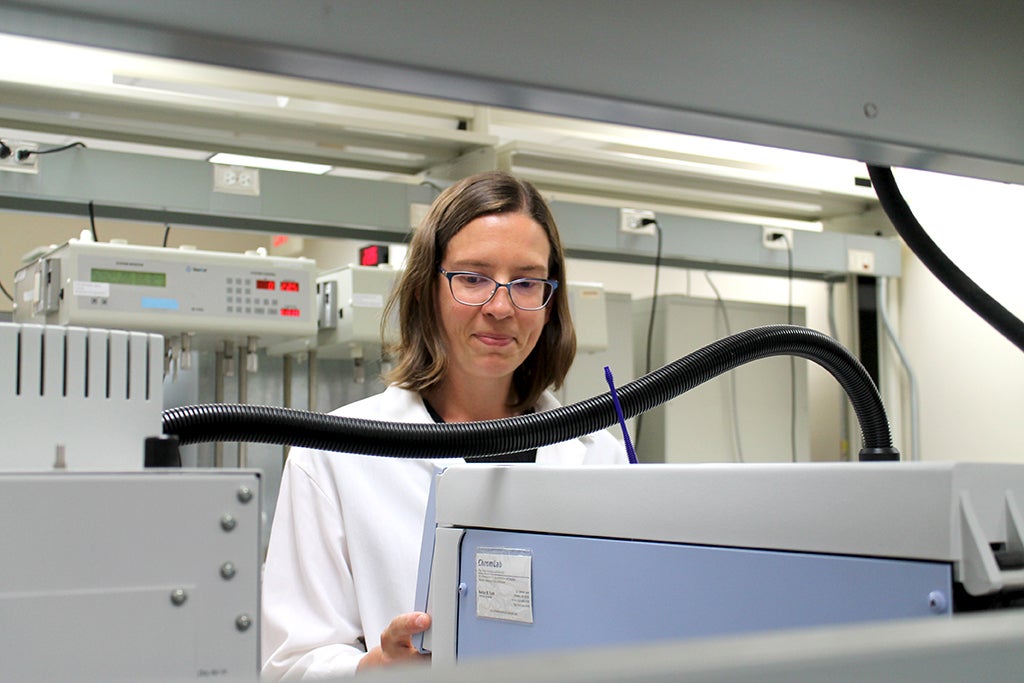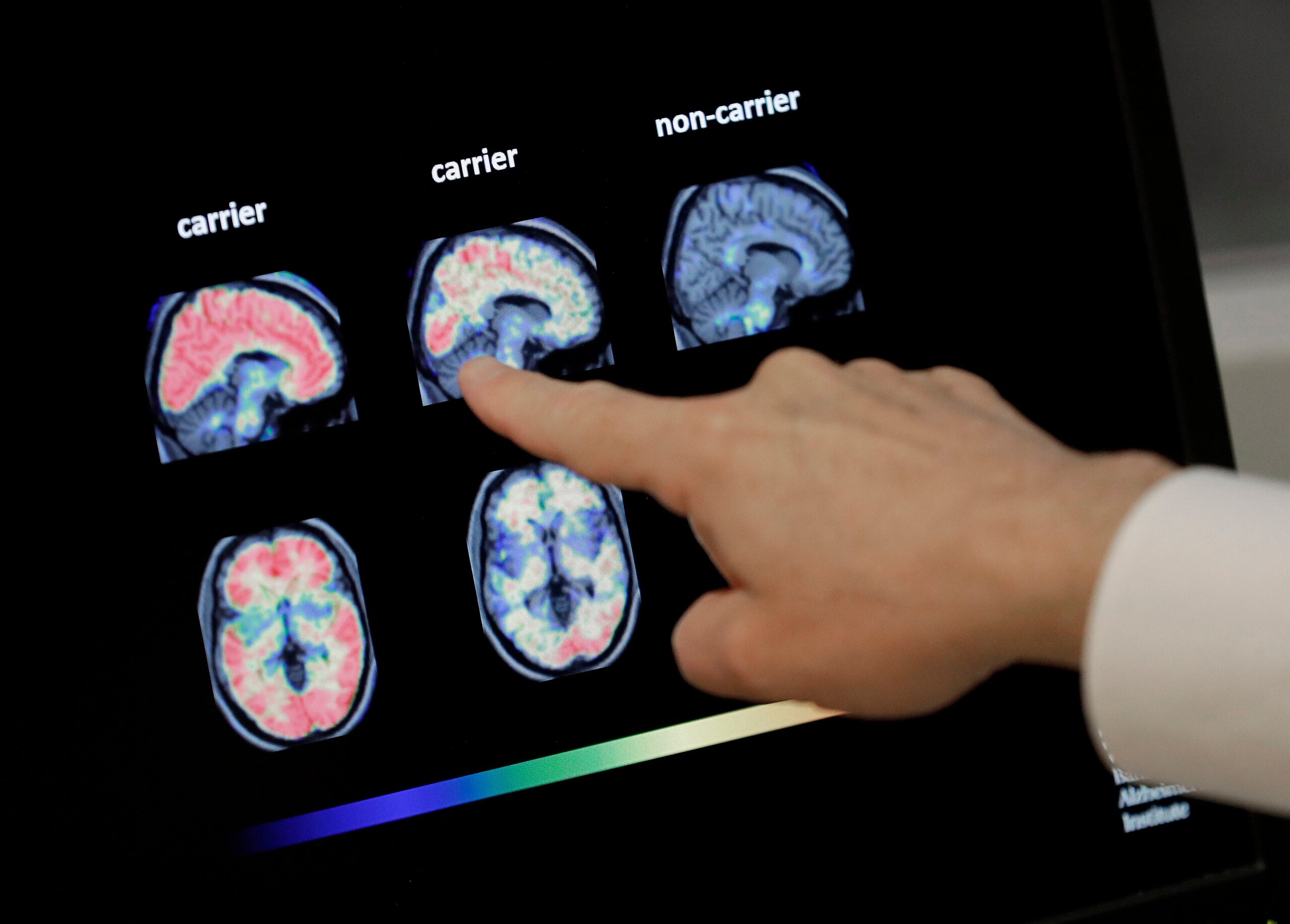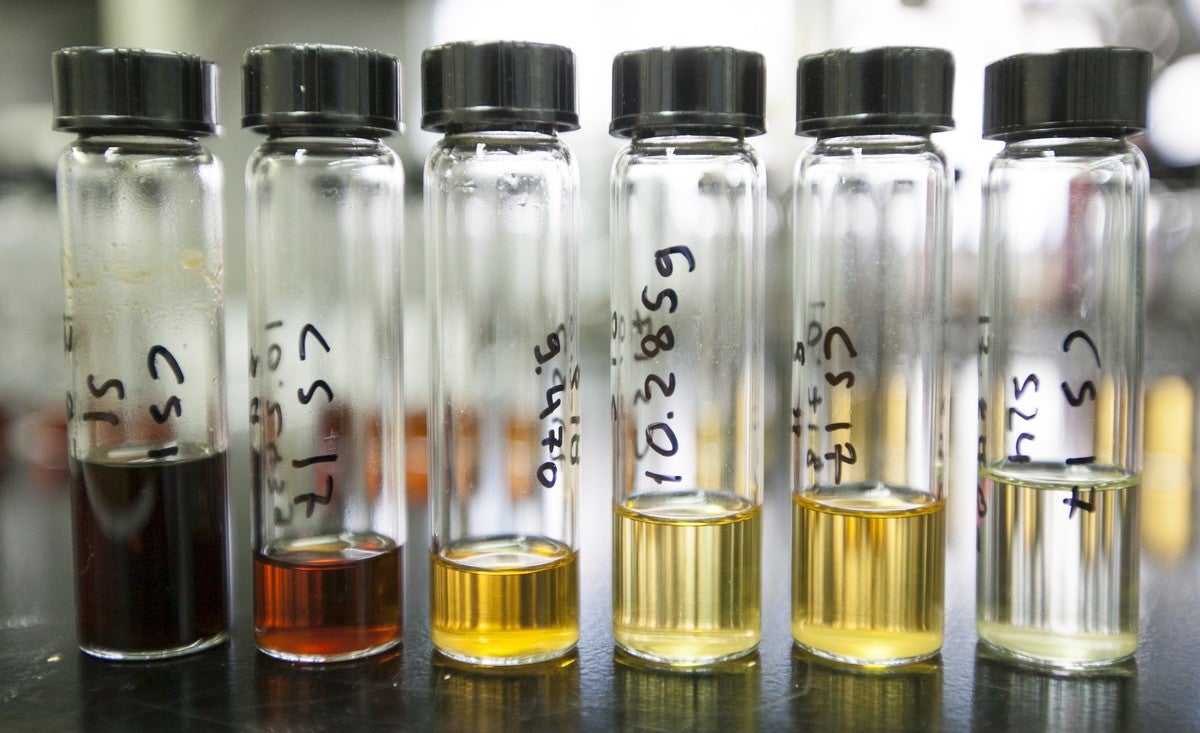Methamphetamine is typically associated with recreational drug use. But Heather Barkholtz, assistant professor at the University of Wisconsin-Madison School of Pharmacy, said the drug also has a place in medicine.
It’s prescribed as a treatment for ADHD. And in a different formulation, meth is also used in over-the-counter nasal decongestants.
“It’s totally got this legitimate side where it’s helping people with their quality of life, and then it has the flip side, because it’s all about the dose,” said Barkholtz, who also works with the Wisconsin State Laboratory of Hygiene on opioid and drug abuse surveillance.
Stay informed on the latest news
Sign up for WPR’s email newsletter.
The two types, called isomers, are mirror images of each other. But Barkholtz said current blood tests used by law enforcement don’t differentiate between them.
She hopes to correct that through new research tracking how the body metabolizes, or breaks down, different isomers of meth.
The study, which was funded by the National Institute of Justice, is still seeking regulatory approval. That includes sign-off from the federal Food and Drug Administration and Drug Enforcement Administration. But Barkholtz said they hope to begin the work early next year.
Research could lead to new testing, treatment options
The issue was revealed as “a blind spot” for the State Lab of Hygiene during a recent court case involving impaired driving charges, according to Barkholtz.
“The defense argued that the individual could have been consuming L-methamphetamine, which is available in over-the-counter nasal decongestant sprays, and that our tests were picking that up instead of recreational methamphetamine use,” she said.
She said there is little medical research about L-meth as a decongestant because it was sold before the FDA started regulating over-the-counter drugs. That allowed it to be grandfathered in as an accepted product without going through the same regulatory requirements.
D-meth is the type used in prescription drugs and is the primary component of illicit meth. But Barkholtz said meth that is made illegally often has a mix of the two types.
“There isn’t good (quality control) in the unregulated drug market, so they’re unlikely to have a very pure substance,” she said. “It’s important from an impaired driver post mortem investigation perspective, that we understand if there’s the presence of both.”
The new study will watch how participants’ bodies break down L-meth, D-meth and the combination of the two. Researchers will look for byproducts, called metabolites, that could differentiate what isomer of meth was originally present.
Barkholtz said the work has clear implications for improving detection for law enforcement. But the research also hopes to better inform work around treatment for people with substance use disorder.
Dr. David Leinweber, assistant professor of addiction medicine at the UW-Madison School of Medicine and Public Health, is co-leading the project with Barkholtz. He said the research will improve the medical understanding of how methamphetamine works in the body.
“Without understanding the basics, the building blocks, it’s hard to develop strategies in the future of how to treat patients with those types of use disorders,” he said.
Leinweber said there is no FDA-approved medication to treat methamphetamine use disorder. But he hopes the new research could open the door for the development of new treatments.
He said the stigma around meth could be a challenge for recruiting participants to the study. But he pointed out that they will be using low doses of the medication.
Barkholtz said they also plan to monitor participants for three different 48-hour sessions, presenting another challenge in finding participants. She said they hope to start recruiting people in the spring.
Wisconsin Public Radio, © Copyright 2025, Board of Regents of the University of Wisconsin System and Wisconsin Educational Communications Board.





